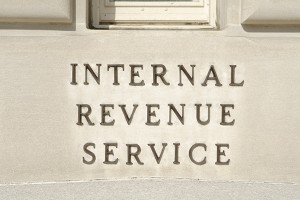The Tax Increase Prevention Act of 2014 includes the new “Achieving a Better Life Experience Act (ABLE).” ABLE establishes a new type of tax-advantaged account for disabled individuals, allowing them to save money for future needs while remaining eligible for government benefit programs like Medicaid. Here is a quick summary of the most important tax changes-starting with those that affect individuals.
Beginning in 2015, the Act allows states to establish tax-exempt Achieving a Better Life Experience (ABLE) accounts to assist persons with disabilities in building an account to pay for qualified disability expenses. An ABLE account can be set up for an individual (1) who is entitled to benefits under the Social Security disability insurance program or the Supplemental Security Income (SSI) program due to blindness or disability occurring before the individual reached age 26 or (2) for whom an annual disability certification has been filed with IRS for the tax year.
Annual contributions are limited to the annual gift tax exclusion amount for that tax year which is $14,000 for 2015. Distributions are tax-free to the extent they don’t exceed the beneficiary’s qualified disability expenses for the year. Qualified disability expenses include housing, transportation, education, job training, health, financial management and legal fees.
Distributions that exceed qualified disability expenses are included in taxable income and are subject to a 10% penalty tax. However, distributions can be rolled over tax-free within 60 days to another ABLE account for the benefit of the beneficiary or an eligible family member. Similarly, an ABLE account’s beneficiary can be changed, as long as the new beneficiary is an eligible family member.
Except for Supplemental Security Income (SSI), ABLE accounts are disregarded for federal means-tested programs.
If you have any questions or would like help setting up an ABLE account feel free to contact Gregory J. Spadea online or at 610-521-0604, of Spadea & Associates, LLC in Ridley Park, Pennsylvania.
















